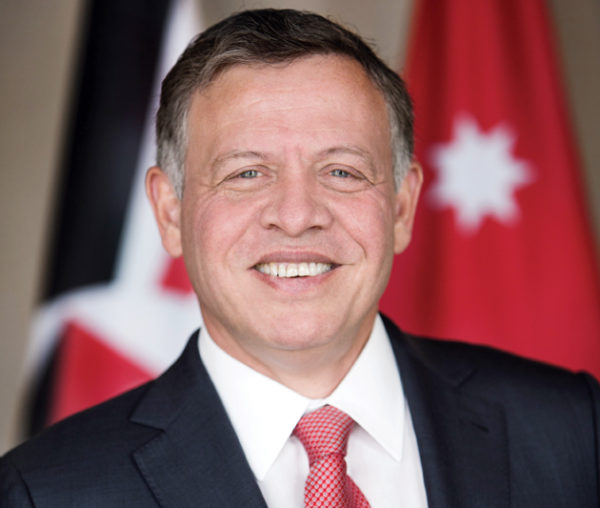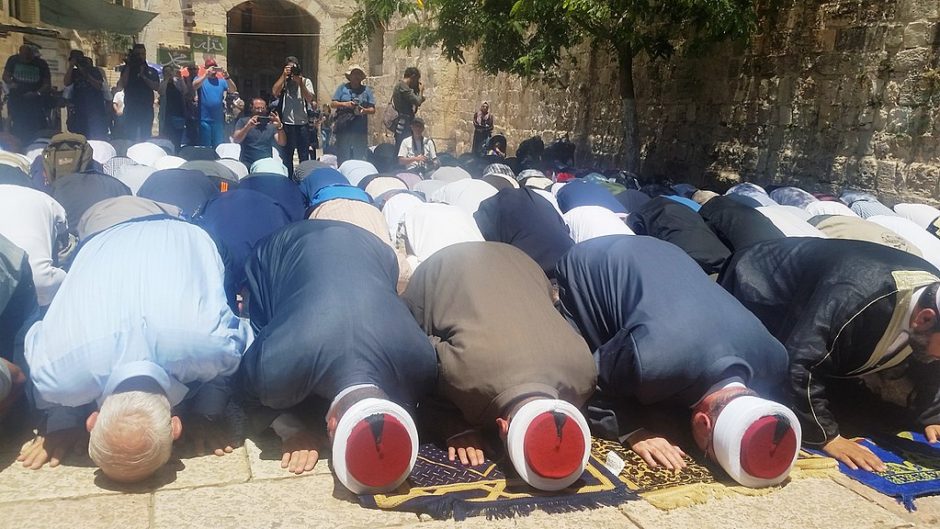Israel has learned a sobering lesson from the nearly two week standoff at the Temple Mount: Its sovereignty in East Jerusalem, already widely challenged by the international community, is subject to a panoply of constraints and pressures.
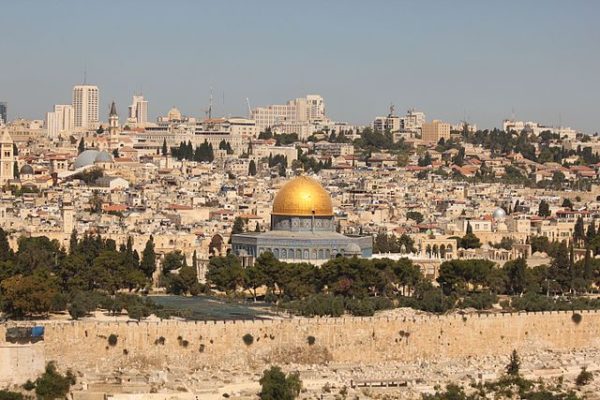
Israel possesses sweeping powers in the eastern half of the city, conquered by the Israeli army in the Six Day War and subsequently annexed by the Israeli government. But Israel’s ability to control events at the Temple Mount, sacred to Jews and Arabs alike, is clearly limited and influenced by a range of internal and external factors.
At the end of the day, the showdown at the Temple Mount was a test of wills between Israel and the Palestinians, yet another chapter in the broader decades-long struggle over issues pertaining to its ownership.
The crisis erupted on July 14 following the murder of two Israeli Druze police officers guarding the religious compound, known to Muslims as the Haram al-Sharif, or the Noble Sanctuary. The officers were killed by three armed Arab citizens of Israel who themselves were fatally shot by police.
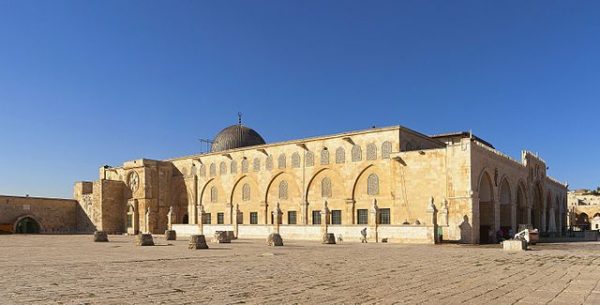
Israel, responsible for security at the Temple Mount, took two unilateral steps to deal with the tense situation. Fearing further turmoil, Israel temporarily closed the Al Aqsa Mosque to Muslim males under the age of 50 and installed metal detectors, overhead cameras and scaffolding near the entrances.
Prime Minister Benjamin Netanyahu had been warned by the Shin Bet intelligence service, the army and Construction Minister Yoav Galant not to tamper with the delicate status quo at the Temple Mount, the holiest site in Judaism and the third-holiest site in Islam, after Mecca and Medina. Netanyahu cavalierly ignored their warnings, touching off a 12-day civil disobedience campaign launched by the Waqf, the Jordanian trust which administers the Temple Mount, and the Palestinian Authority, which rules portions of the West Bank.
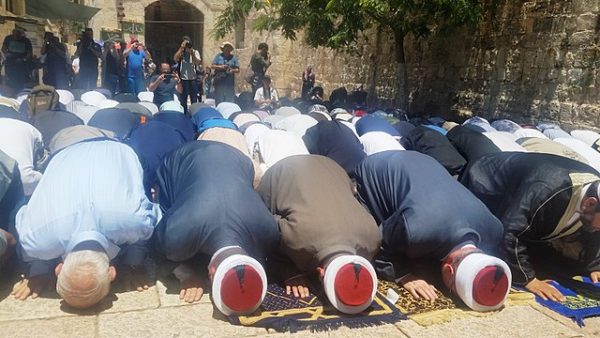
Palestinians, refusing to enter the compound through the metal detectors, prayed outside in protest. Clashes broke out between the Israeli police and Palestinian demonstrators, leading to the deaths of four Palestinians.
Amid the mounting tension, Israeli Minister for Regional Cooperation Tzachi Hanegbi issued a harsh warning, predicting that further violence would lead the Palestinians into misery. He added that Israel would keep the metal detectors in place and would not “capitulate to terrorism and violence and incitement.”
A senior Palestinian official, Hanan Ashrawi, accused Israel of violating “the rights and freedoms” of Palestinians. Israel insisted it was committed to preserving the status quo at the Temple Mount.
It was a dialogue of the deaf.
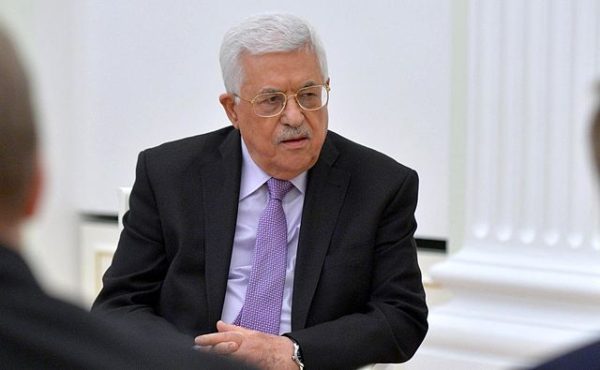
Palestinian Authority President Mahmoud Abbas, who initially condemned the murder of the two Israeli guards, charged that Israel had no right to erect the metal detectors. He then announced that he had halted security coordination with Israel.
Turkish President Recep Tayyip Erdogan, who recently renewed diplomatic relations with Israel, stepped into the fray, accusing Israel of attempting to “destroy the Islamic character of Jerusalem.”
The dispute escalated when a 19-year-old Palestinian, Omar al-Abed, stabbed to death three members of a Jewish family in the West Bank settlement of Halamish. On his Facebook page, he wrote he had been stirred to anger by Israel’s “defilement” of the Al Aqsa Mosque.
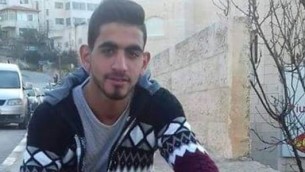
The crisis deepened when a security officer at the residential quarters of the Israeli embassy in Amman, Jordan, shot and killed a 17-year-old Jordanian worker who had stabbed him with a screwdriver. The Jordanian landlord who accompanied him was hit by stray bullets and died of his wounds, inflaming passions in Jordan, which signed a peace treaty with Israel in 1994.
Responding to the incident, Jordan demanded the right to question the Israeli security guard, identified as Ziv, and forbade him to leave the country, causing the worst diplomatic crisis between Jordan and Israel in 20 years.
Ziv, accompanied by Israel’s ambassador to Jordan, was permitted to return to Israel following the dispatch of the director of the Shin Bet to Amman, the intervention by U.S. envoy Jason Greenblatt and a phone call between Netanyahu and Jordan’s King Abdullah II, who complained he had not been consulted before the installation of the metal detectors.
As a result of these fast-moving developments, Israel agreed to remove the security infrastructure from the Temple Mount. King Salman of Saudi Arabia, having spoken to U.S. President Donald Trump, claimed credit for having exerted pressure on Israel to back down.
On July 27, with tensions ebbing, Muslim leaders in East Jerusalem announced that Muslims could return for prayers at the Al Aqsa Mosque. In short order, scuffles broke out and 115 Palestinian protesters were injured. On July 28, however, Friday prayers at the Temple Mount proceeded without incident, despite Hamas’ call for a Day of Rage. Jerusalem’s police chief, Yoram Halevi, had warned that Israel would not tolerate further violence.
The story does not end there.
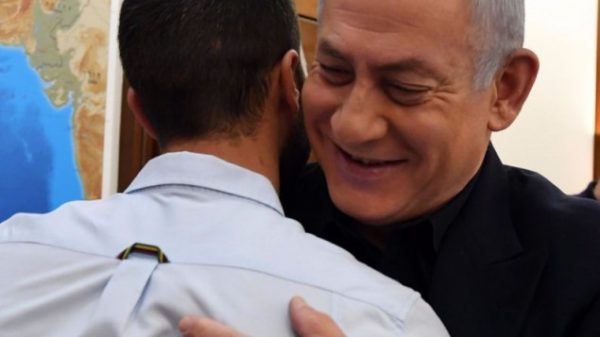
King Abdullah, in a tirade against Netanyahu, accused him of “political showmanship” in releasing a photograph showing him warmly embracing Ziv. The king warned Israel that the Israeli ambassador to Jordan will not be allowed to return to Amman unless Ziv stands trial.
The latest crisis on the Temple Mount has ended, but its fallout has damaged Israel’s relationship with Jordan and demonstrated yet again that Israel has relatively little room for maneuver there.
